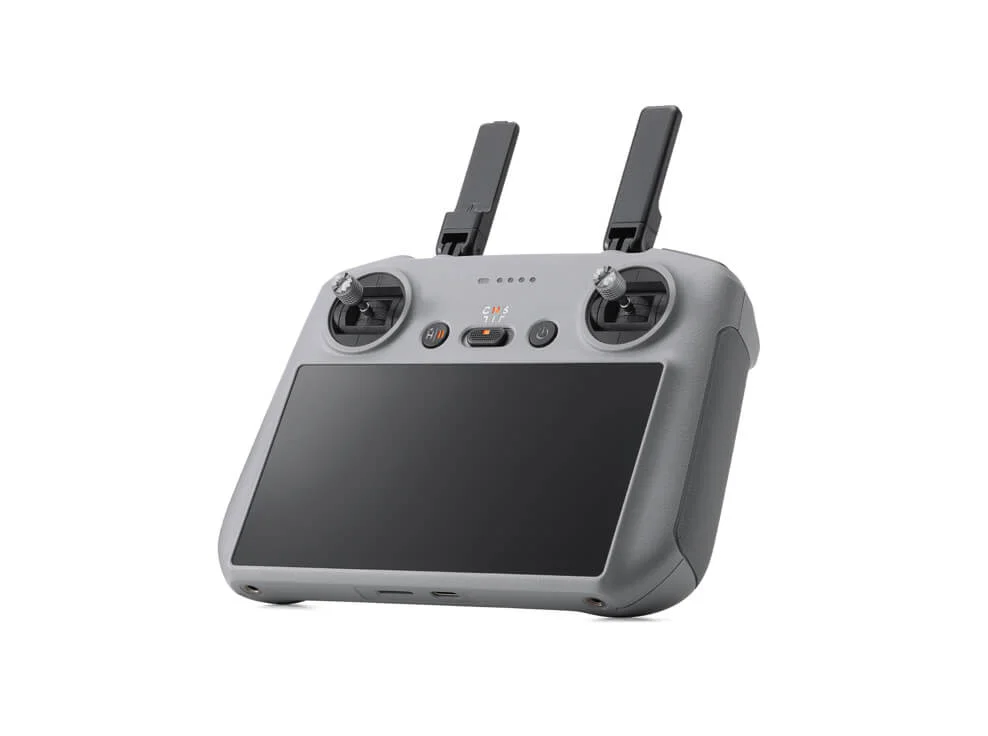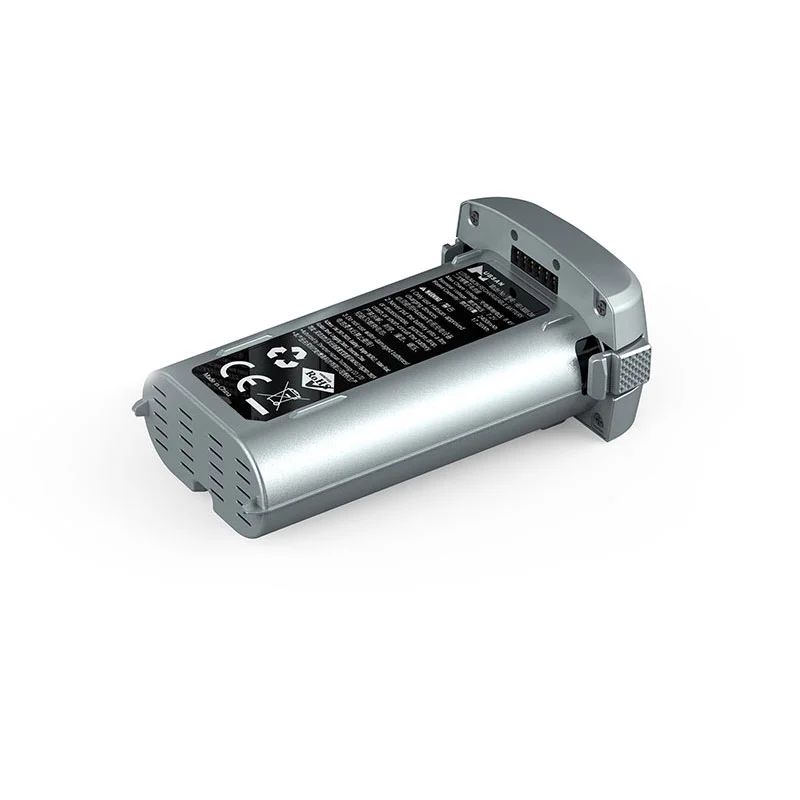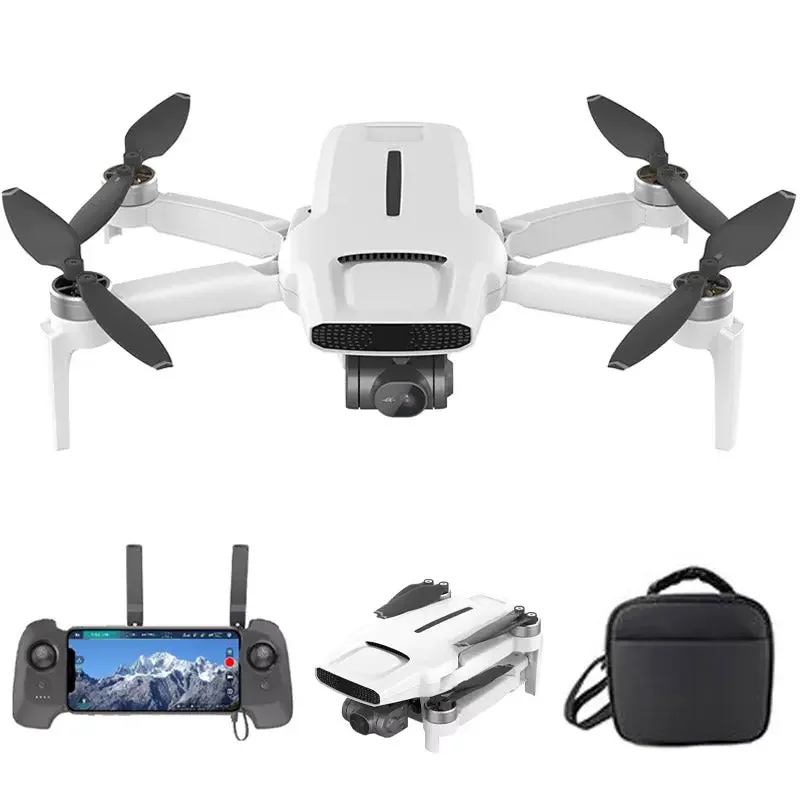In the rapidly evolving world of aerial photography, mini drones have carved out a unique niche. Their compact size and lightweight design make them incredibly portable, allowing photographers and videographers to capture stunning aerial shots without the bulk and complexity of larger drones. Whether you’re a seasoned professional looking for a travel-friendly companion or a hobbyist eager to elevate your content, a mini drone can be a game-changer.
The beauty of these ‘compact powerhouses’ lies in their ability to deliver high-quality imaging in a package that often weighs under 250 grams. This weight class is crucial, as it typically exempts them from many stricter drone regulations in various regions, making them ideal for casual and adventurous use alike. If you’re looking to explore the broader world of aerial capture, be sure to check out our comprehensive guide on the best drones for photography to capture stunning aerial shots.
For this article, we’ve focused specifically on mini drones that excel in portability while still offering impressive photographic capabilities. We’ve meticulously reviewed five top contenders that stand out for their features, performance, and overall value. Let’s dive in!
1. DJI Mini 4 Pro – Our Top Pick

The DJI Mini 4 Pro sets a new standard for what a sub-250g drone can achieve, firmly establishing itself as our top recommendation for serious portable photography. Building on the success of its predecessors, the Mini 4 Pro integrates a high-quality camera system capable of 4K/60fps HDR video and 48MP RAW photos, ensuring exceptional image fidelity. What truly elevates it is the inclusion of omnidirectional obstacle sensing, a feature previously reserved for larger, more expensive drones. This provides unparalleled safety and allows for more confident flying in complex environments. Combined with DJI’s industry-leading O4 video transmission system for reliable long-range connectivity and intelligent flight modes like ActiveTrack 360°, the Mini 4 Pro offers a premium, professional-grade experience in a truly pocketable form factor.
Pros
- Superior 4K/60fps HDR video and 48MP RAW photo capabilities.
- Omnidirectional obstacle sensing for enhanced safety and confident flying.
- Advanced O4 video transmission for stable and extended range.
- Lightweight design (under 249g) avoids most regulations.
- Comprehensive suite of intelligent flight modes and tracking features.
Cons
- Higher price point compared to other mini drones.
- Battery life, while good, can be a limiting factor for extended shoots without extras.
2. Autel Robotics EVO Nano+ – A Strong Competitor
The Autel Robotics EVO Nano+ is a formidable contender in the mini drone category, often seen as DJI’s closest rival. It stands out with its 0.8-inch CMOS sensor, which is larger than typical mini-drone sensors, allowing it to capture more light and deliver superior image quality, especially in low-light conditions. Capable of 4K/30fps video and 50MP photos, the Nano+ produces vibrant and detailed results. Its three-way obstacle avoidance system provides a good level of safety for a drone of its size, making it a reliable option for both beginners and experienced pilots. Autel’s SkyLink transmission system also offers robust connectivity, ensuring a smooth and responsive flying experience. This drone is an excellent choice for those seeking a premium mini drone with a focus on image quality and safety features.
Pros
- Larger 0.8-inch CMOS sensor excels in low-light photography.
- Impressive 50MP photos and sharp 4K video.
- Three-way obstacle avoidance system enhances flight safety.
- Robust SkyLink video transmission system.
- Compact and foldable design, weighing under 249g.
Cons
- Obstacle avoidance is not omnidirectional like the Mini 4 Pro.
- Intelligent flight modes are not as extensive or refined as DJI’s.
3. Hubsan Zino Mini Pro – Feature-Packed Value

The Hubsan Zino Mini Pro carved out its reputation by bringing an impressive array of features to a more accessible price point. This drone offers 4K/30fps video recording and 48MP photos, putting it firmly in contention with more premium models in terms of raw resolution. Its standout feature for many is its three-way obstacle avoidance, providing a significant safety net rarely seen in its price range. The Zino Mini Pro also boasts a commendable flight time, often exceeding 30 minutes, which is excellent for extended photographic sessions. While its user experience and image processing might not be as polished as DJI or Autel, it represents fantastic value for those seeking a feature-rich mini drone without breaking the bank.
Pros
- Excellent value for money given its feature set.
- Three-way obstacle avoidance for safer flights.
- Long flight time, often over 30 minutes.
- Capable 4K video and 48MP photo capture.
- Compact and foldable, weighing under 250g.
Cons
- User interface and app experience can be less refined than competitors.
- Image quality, while good, might not match the dynamic range of top-tier models.
- Transmission range can sometimes be less reliable than higher-end systems.
4. FIMI X8 Mini V2 – Ultra-Portable & Lightweight

The FIMI X8 Mini V2 is an excellent choice for those prioritizing ultra-portability and a competitive price point. This drone is designed to be incredibly light, with a standard battery allowing it to weigh just under 250g, making it regulation-friendly in many regions. Despite its diminutive size, it’s capable of capturing impressive 4K/30fps video and high-resolution photos, thanks to its 3-axis mechanical gimbal for stable footage. The V2 iteration improved on transmission stability and overall performance, making it a more reliable flying experience. While it lacks obstacle avoidance, its compact footprint and strong camera performance for its class make it a compelling option for travelers and minimalists who want a capable aerial camera without the bulk.
Pros
- Extremely compact and lightweight, highly portable.
- Capable of 4K/30fps video and good photo quality for its size.
- Impressive 3-axis mechanical gimbal for stable footage.
- Long flight range with decent video transmission.
- Budget-friendly option for its feature set.
Cons
- Lacks obstacle avoidance features.
- App interface can be less intuitive for beginners.
- Battery life, while adequate, isn’t class-leading.
5. Potensic Atom SE – Best Budget Option
For those on a tighter budget who still desire respectable aerial photography capabilities, the Potensic Atom SE is a standout choice. This drone punches above its weight class, offering 4K/30fps video recording and a surprisingly stable flight experience thanks to its GPS stabilization. While it doesn’t feature a mechanical gimbal (relying on electronic image stabilization), the footage it produces is remarkably smooth for a drone in its price range. The Atom SE is also incredibly lightweight and foldable, making it just as portable as its more expensive counterparts. It’s an ideal entry-level mini drone for hobbyists or those wanting to experiment with aerial photography without a significant investment, delivering solid performance for its budget-friendly price.
Pros
- Highly affordable, offering great value for money.
- Capable 4K/30fps video recording.
- GPS stabilization for stable hovering and flight.
- Extremely lightweight and foldable, excellent for portability.
- Good flight time for a budget drone.
Cons
- Relies on Electronic Image Stabilization (EIS) instead of a mechanical gimbal.
- Lacks obstacle avoidance, requiring careful piloting.
- Overall image quality and dynamic range are not on par with premium models.
How to Choose the Best Mini Drone for Portable Photography
Selecting the perfect mini drone for your photography needs involves balancing features, budget, and intended use. Here are key factors to consider:
Camera Quality
The camera is paramount for photography. Look for drones with a 3-axis mechanical gimbal for the smoothest, most stable footage and sharpest photos. Consider resolution (4K video, megapixel count for photos), sensor size (larger generally means better low-light performance), and features like HDR or RAW photo support for more post-processing flexibility. While 4K is common, assess the frame rates (e.g., 4K/30fps vs. 4K/60fps) and bitrate for video quality.
Portability and Weight
Since the goal is portable photography, the drone’s size and weight are critical. Most mini drones are foldable, making them easy to carry in a small bag. Pay close attention to the weight, especially if you’re aiming for a drone under 250 grams, which often has fewer regulatory restrictions in many countries. This „sub-250g” class is ideal for hassle-free travel.
Flight Features and Safety
Features like GPS stabilization are crucial for stable hovering and precise positioning, especially outdoors. For safety, consider drones with obstacle avoidance sensors (forward, backward, downward, or even omnidirectional). While these add to the cost, they significantly reduce the risk of crashes. Intelligent flight modes (e.g., ActiveTrack, QuickShots, Waypoints) can automate complex shots, making aerial photography easier and more dynamic.
Battery Life and Transmission Range
A longer battery life means more time in the air for capturing shots. Aim for drones offering at least 20-30 minutes of flight time per battery. Consider purchasing extra batteries if you plan for extended sessions. The transmission range and stability are equally important; a robust system ensures a reliable connection between the drone and controller, minimizing signal drops and allowing you to fly further with confidence.
Our Final Thoughts
Mini drones have democratized aerial photography, making it accessible and incredibly portable. Our top pick, the DJI Mini 4 Pro, truly stands as a compact powerhouse, offering professional-grade features and safety in a regulation-friendly package. However, the Autel Robotics EVO Nano+ provides stiff competition with its excellent sensor, while the Hubsan Zino Mini Pro delivers a feature-packed experience at a more approachable price.
For those prioritizing ultimate portability and value, the FIMI X8 Mini V2 is a solid choice, and the Potensic Atom SE proves that quality aerial photography doesn’t have to break the bank. Whichever model you choose, investing in a mini drone means unlocking new perspectives and capturing breathtaking images and videos from the sky, all from a device that fits in the palm of your hand.



